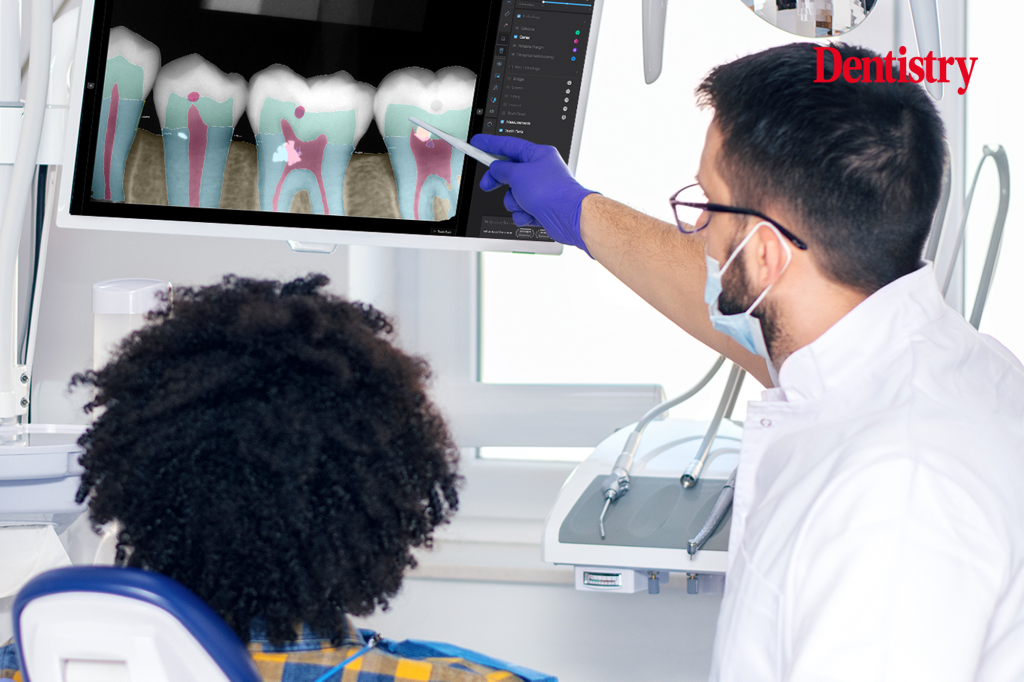
Mike Barniv explains how staffing challenges can be addressed with technology such as artificial intelligence (AI).
In an era where industries across the globe grapple with workforce shortages, dentistry in the UK is no exception. The challenges of staffing, exacerbated by a confluence of factors including dwindling enrollment in dental education, the aftermath of the pandemic, and general professional burnout, have left dental practices searching for viable solutions. As businesses outside healthcare begin to lean on robotics and AI to supplement their workforce, one can’t help but wonder: can technology offer a lifeline to the dental sector as well?
The technology solution
The concept of using technology to bolster recruitment efforts is widespread. However a more nuanced approach involves leveraging technological advancements to streamline practice operations, thus reducing the dependency on a large workforce. This strategy not only aims at maintaining efficiency but also focuses on enhancing staff retention by minimising burnout and operational stress.
Front office innovations
AI-powered scheduling aids have emerged as game-changers for the dental front office. Systems like Pearl’s Practice Intelligence can analyse vast amounts of data to allow front office staff to fill appointment slots efficiently.
Other AI technology solutions have been introduced that communicate directly with patients to confirm appointments, manage cancellations, and reschedules. These innovations dramatically reduce the front office staff workload. They also increase the quality of their output and freeing up human resources for more complex, patient-focused interactions.
Chairside assistance and patient education
In the operatory, AI serves as both a diagnostic aid and an educational tool. AI-driven diagnostic tools like Second Opinion offer detailed analyses of dental images in real-time, enhancing the accuracy of diagnoses and serving as an invaluable supplemental assessment for doctors and patients alike. This technological support allows staff to focus more on patient care and less on administrative tasks, making the practice more efficient and reducing on-the-job pressure.
Automated charting and voice dictation further alleviate the need for manual record-keeping, allowing dental staff to dedicate more time to patient care and interaction. Such advancements not only improve the operational efficiency of dental practices but also enhance the quality of care provided to patients.
Teledentistry: expanding the boundaries of care
The rise of teledentistry represents another significant technological advancement, enabling dental professionals to consult with patients remotely. Remote visits are particularly useful for follow-up appointments, consultations, and preliminary assessments. This saves both time and resources for the practice while offering convenience to patients. By reducing the need for in-person visits for every interaction, teledentistry can help practices manage their workload more effectively and focus their in-office resources on treatments that require physical presence.
The impact on workforce dynamics
Adopting these technologies has a profound impact on the dynamics of the dental workforce. By automating routine tasks and enhancing diagnostic and educational capabilities, practices can operate efficiently with fewer staff members. This not only addresses the immediate issue of workforce shortages but also contributes to a more satisfying work environment that reduces the risk of burnout.
Furthermore, the ability to engage with patients remotely through teledentistry expands the practice’s reach and flexibility, offering a modern solution to traditional challenges. This, combined with the enhanced diagnostic capabilities of AI and automated administrative processes, positions technology as a crucial ally in navigating the current workforce challenges.
Embracing change
The dental profession in the UK, much like the rest of the world, finds itself at a crossroads. The workforce challenges of today demand innovative solutions, and technology offers a path forward. By embracing AI, automation and remote care technologies, dental practices can not only address current staffing issues but also pave the way for a more efficient, effective, and patient-centered future.
As we stand on the brink of this technological revolution in dentistry, it is clear that the future of the profession lies in its ability to adapt and integrate these advancements into everyday practice. While technology may never replace the human touch and expertise at the heart of dental care, it undoubtedly serves as a powerful tool to enhance the delivery of care, improve patient outcomes, and support today’s overburdened dental workforce.
To learn more about the power of AI in dentistry, visit hellopearl.com/getdemo.



